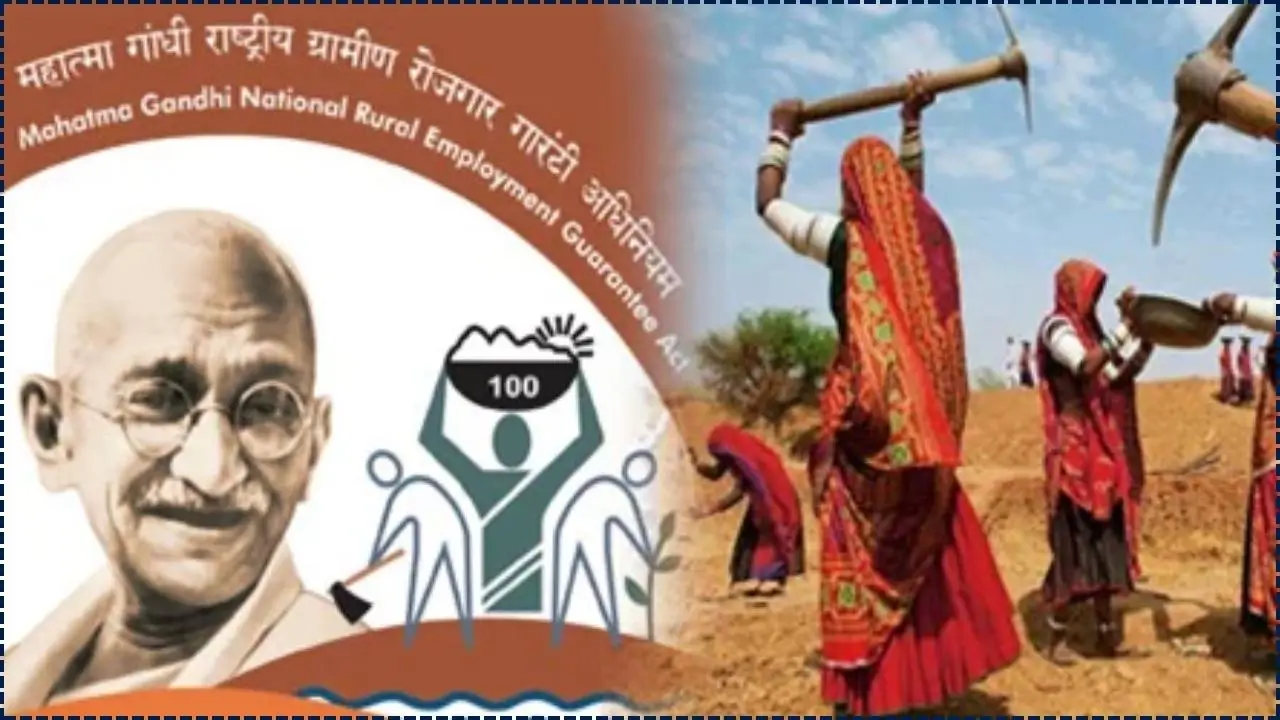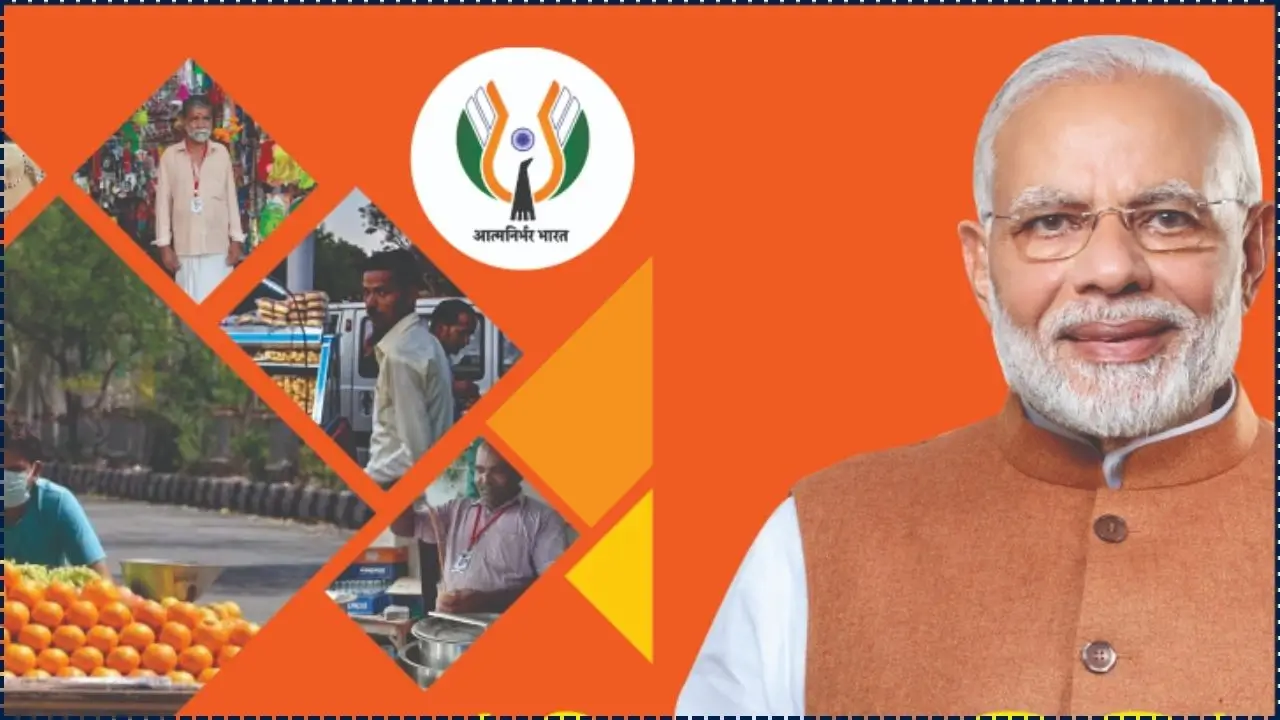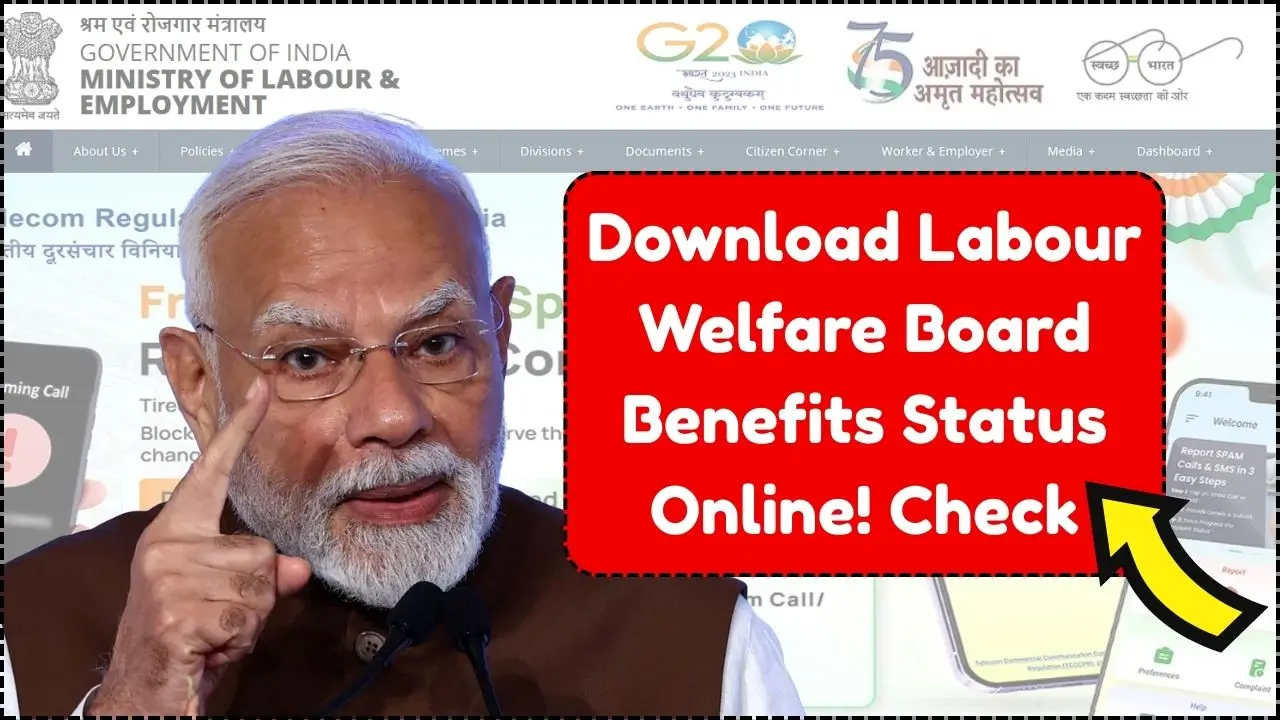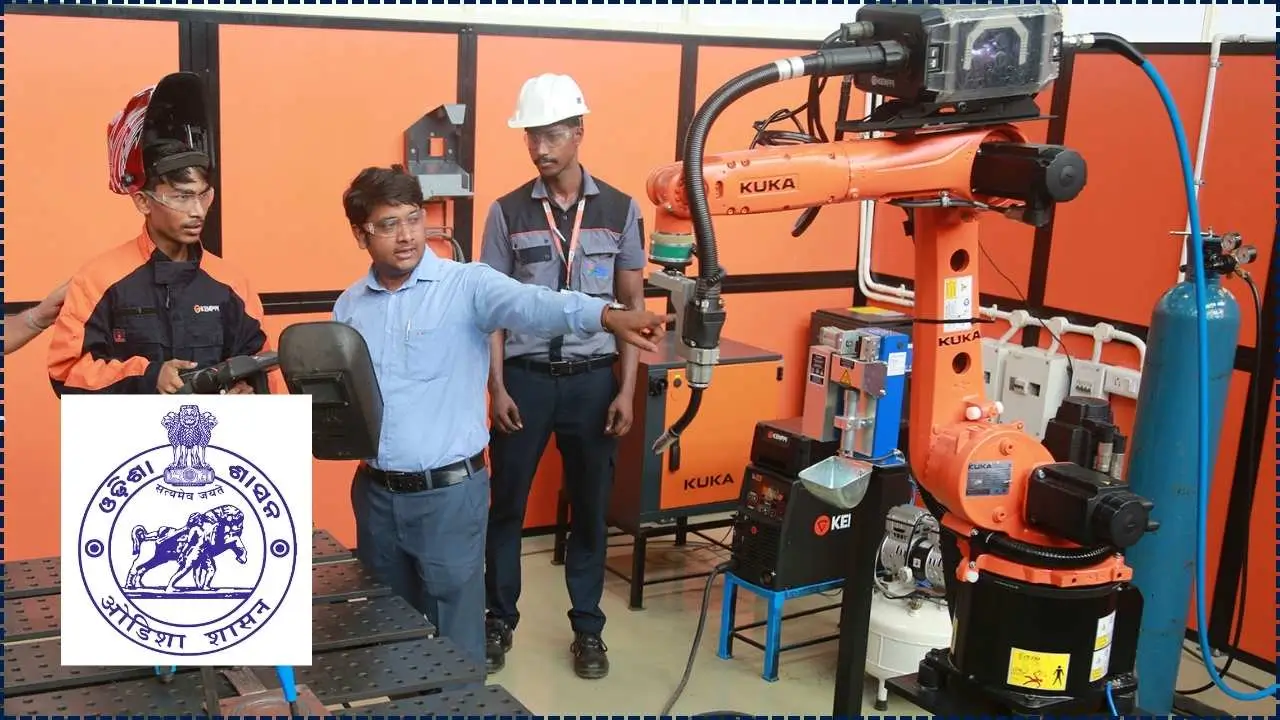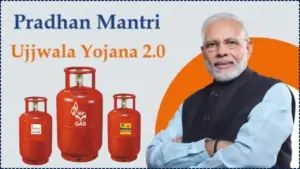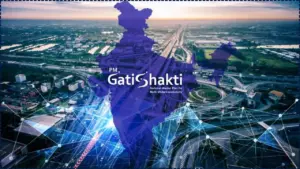Gujarat is taking bold steps to reshape its approach to policing with the introduction of the Police Station Citizen Service Ranking System. This innovative initiative, which emphasizes citizen satisfaction over traditional metrics like crime statistics, is aimed at making policing in Gujarat more accountable, community-focused, and service-oriented.
The goal is to create a stronger partnership between the police and the people they serve. But what does this system mean for you, and how does it affect your interactions with the police? Let’s break it down.

The Police Station Citizen Service Ranking System marks a significant departure from the conventional method of evaluating police stations. Traditionally, police stations were evaluated based on how well they managed crime rates or responded to criminal activity.
While these factors are still important, the new ranking system goes a step further by taking into account how well police stations serve the community, respond to complaints, and engage with citizens. This shift focuses on improving trust and building stronger relationships between the police and the public.
Police Station Citizen Service Ranking in Gujarat
| Key Points | Details |
|---|---|
| What is the Police Station Citizen Service Ranking System? | A ranking system that evaluates police stations based on their citizen service rather than just crime statistics. |
| Key Evaluation Criteria | Focuses on grievance redressal, community outreach, police behavior, and infrastructure quality. |
| Ranking Frequency | Police stations are evaluated twice a year, based on citizen feedback. |
| Impact on Citizens | Faster response times, better public facilities, and improved police accessibility. |
| Community Programs | Emphasizes initiatives like “Teen Vaat Tamari, Teen Vaat Amari” (Your three issues, our three solutions). |
| Official Website for Details | Visit Gujarat Police Website for more information. |
Gujarat’s Police Station Citizen Service Ranking System is a bold step towards more transparent, efficient, and citizen-friendly policing. By focusing on service quality rather than just crime statistics, this initiative is setting a new standard for accountability and community engagement. As a result, citizens can expect better service, faster responses, and more accessible police stations. The move to prioritize citizen satisfaction will not only improve the quality of policing in Gujarat but also help build stronger, more trusting relationships between the police and the people they serve.
What’s New in the Ranking System?
Moving Beyond Crime Stats
The Police Station Citizen Service Ranking system in Gujarat represents a paradigm shift in how law enforcement is evaluated. The state police are no longer just assessed by their crime-solving capabilities or how many arrests they make. Instead, the new ranking system incorporates a wide array of citizen-centric parameters that focus on how police stations engage with the community. The core of this system is public satisfaction, police conduct, and community involvement.
Instead of just looking at crime data, the new system evaluates approximately 40 different factors, including:
- Grievance Redressal: How efficiently and fairly complaints and grievances are addressed by the police.
- Community Outreach and Involvement: Participation in community engagement programs like “Teen Vaat Tamari, Teen Vaat Amari”, a platform where citizens can share their concerns and police stations commit to resolving them.
- Infrastructure and Amenities: The quality of facilities at police stations, including cleanliness, basic amenities, and safety measures.
- Police Behavior: How approachable, professional, and respectful officers are when dealing with the public. This includes both their interactions with complainants and their general conduct.
These factors help build stronger, more effective police-community relationships and increase public trust in law enforcement.
How This Affects You: The Benefits of the Ranking System
1. Improved Service Quality
One of the most tangible effects of this ranking system is the improved quality of service you will experience when interacting with police. Since police stations are now being held accountable for how they treat citizens, you can expect:
- Faster Response Times: With police stations focused on improving efficiency, you’ll notice quicker responses to complaints, emergencies, and queries.
- Better Police Conduct: Officers will be more approachable and professional in their interactions. They’ll also be more attentive to citizen concerns.
- More Accessible Services: Police stations will be more accessible, with officers available to assist and resolve issues in a timely manner.
2. Improved Police Infrastructure
A key component of the ranking system is the evaluation of infrastructure. As a result, police stations are now focused on improving their facilities, making them cleaner, more comfortable, and safer for everyone. Here’s how it impacts you:
- Better Waiting Areas: Police stations are upgrading their waiting rooms, making them more comfortable and less intimidating.
- Clean Facilities: The introduction of clean restrooms, drinking water facilities, and a more hygienic environment ensures that citizens feel respected when visiting their local police stations.
- Enhanced Security: Police stations are also improving their security measures, including better CCTV coverage and fire safety protocols.
3. Building Trust and Transparency
This ranking system is designed to build trust and transparency between the police and the community. When police stations are ranked highly for their service quality, it’s a sign that they are not just solving crimes but also prioritizing community well-being. This increased transparency leads to:
- More Trust in Police: As police stations become more transparent and accessible, citizens will feel more confident about reporting crimes and seeking assistance.
- Better Community Relations: Increased community outreach helps build long-term, positive relationships between the police and the citizens they serve.
4. Increased Accountability
With a public ranking system in place, police stations are held accountable not only to their superiors but also to the communities they serve. This leads to better performance, as stations that rank poorly may be required to improve or risk further scrutiny. This accountability can result in:
- Better Service: As police stations strive to rank higher, you can expect improvements in police conduct, response times, and overall service quality.
- Recognition for Excellence: Stations that consistently perform well will be rewarded with certificates of excellence and public recognition.
How It Works: The Ranking Process
Twice a Year, with Public Input
The ranking process happens twice a year, and stations are evaluated based on the above-mentioned criteria. This gives police stations the chance to improve continuously and adapt to the changing needs of the public. Here’s how it works:
- Evaluation: At the end of each evaluation period, a comprehensive review of performance is done, considering all the factors outlined in the ranking criteria.
- Citizen Feedback: The public is encouraged to provide feedback on their interactions with the police through surveys and complaint forms, which are used to assess the service quality.
- Rankings Published: Police stations that excel in service delivery are recognized publicly, and the top performers are celebrated with awards and certificates.
- Improvement Plans: Stations that fall behind in rankings are required to submit action plans outlining how they will improve their service.
Community Outreach Programs: Making a Difference
One of the standout aspects of the Police Station Citizen Service Ranking System is the focus on community engagement. Police stations are now expected to actively participate in programs that address the concerns of local residents. For example, initiatives like:
- Teen Vaat Tamari, Teen Vaat Amari: A community outreach initiative that allows citizens to present their issues, with police officers committing to specific actions to resolve them.
- Tera Tujhko Arpan: A public commitment to solving key issues, reinforcing the idea of partnership between the police and citizens.
These programs ensure that the police are not just law enforcers, but active participants in their communities, working alongside residents to address concerns and build a safer environment.
Related Links
Jharkhand’s Bold Green Push: MNREGA-Funded Litchi Farming Launched in 336 Panchayats!
Apply for Assam Domicile Certificate Online: Here’ the Complete Process
What’s Next for Gujarat’s Police?
Continuous Improvement and Expansion
The Police Station Citizen Service Ranking System is still evolving, and Gujarat plans to continually refine it. Moving forward, we can expect:
- Expanded Criteria: The introduction of new ranking factors based on citizen feedback and emerging concerns.
- More Engagement: Police stations will increase community outreach and education programs, building stronger relationships.
- Better Training: There will be a focus on improving police officer training, specifically in communication skills, conflict resolution, and community interaction.
FAQs About Police Station Citizen Service Ranking
Q1: How often will police stations be ranked?
Police stations will be ranked twice a year, ensuring that improvements are continually monitored.
Q2: How are community outreach programs factored into the ranking?
Community outreach is a key factor in the rankings. Programs that improve police-citizen relationships and address public concerns directly impact a station’s score.
Q3: Can citizens provide feedback on their interactions with police?
Yes! Citizens can offer feedback through surveys, online platforms, or by directly interacting with the police station during visits.
Q4: How are police stations recognized for excellence?
Top-performing police stations receive certificates of excellence and public recognition for their outstanding service.
Q5: Will the ranking system expand to include more factors over time?
Yes, the ranking system is continuously evolving, with new criteria being added based on feedback and changing community needs.

